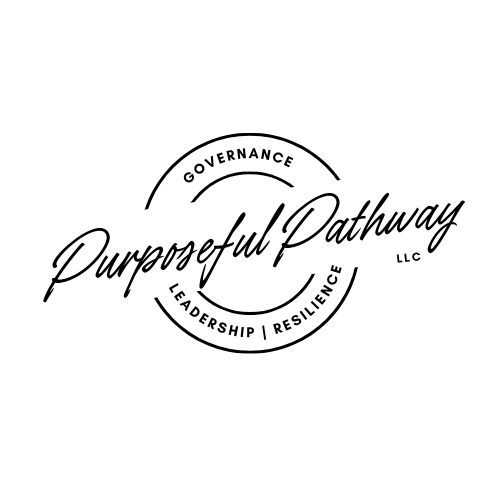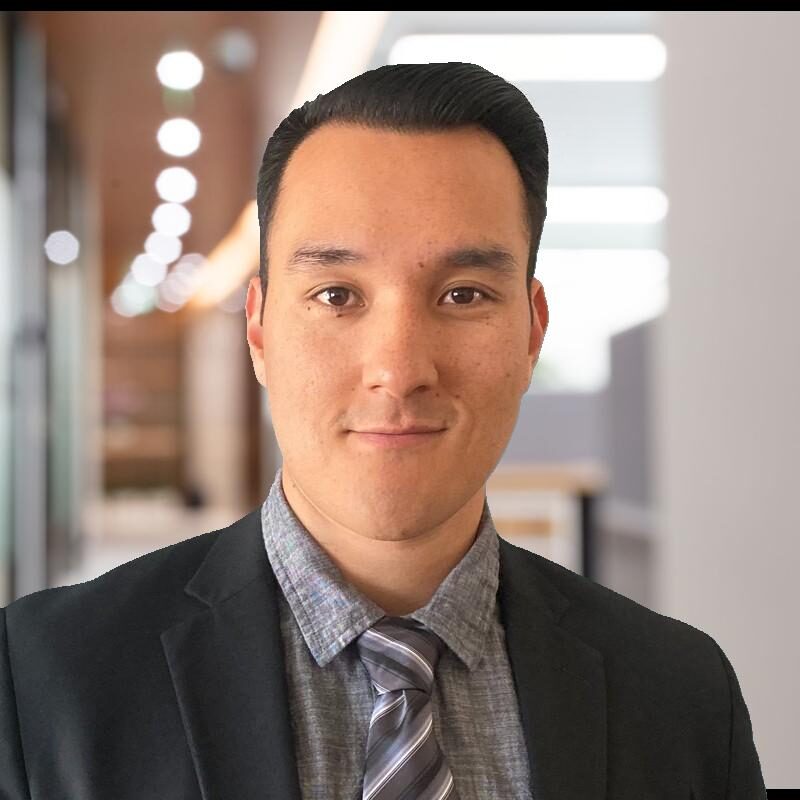We’re excited to introduce you to the always interesting and insightful John. We hope you’ll enjoy our conversation with John below.
John, we’re thrilled to have you sharing your thoughts and lessons with our community. So, for folks who are at a stage in their life or career where they are trying to be more resilient, can you share where you get your resilience from?
Resilience was first shaped in the Marine Corps, but I did not truly define it until later. As a Marine Corps officer, I learned discipline, precision, and endurance as forms of grit and as precursors to the kind of resilience forged through repetition and reinforced by accountability. Those years taught me to stay composed when conditions change, and to rely on structure rather than personality. What I did not yet understand was that resilience can be designed into systems as deliberately as it can be trained into individuals.
That realization emerged after active duty, while working across organizations led by capable people and sustained by fragile structures. I saw teams filled with conviction, but consistently strained by the absence of clarity, cadence, and alignment. It became evident that human resilience alone is insufficient. Institutions collapse not because people fail, but because systems are not built to hold when pressure rises or disruption occurs.
PurposefulPathway was born from that understanding. My work now centers on building what I once depended on: building structure to protect clarity under strain and leadership behaviors to remain consistent under pressure. We call it behavioral infrastructure; governance, leadership, and culture working in rhythm to preserve mission integrity and institutional trust when circumstances are unstable. It is expressed through C²ARA — clarity, consistency, accountability, resilience, and alignment — and installed as an operating discipline, not an aspiration.
Resilience is not something I “got.” It is something I learned to build. The most resilient organizations are those where clarity is nonnegotiable, accountability is structural, and leadership is rhythmic. That belief shapes every framework we design at PurposefulPathway and defines how I approach leadership and life.
Resilience is not recovery. It is readiness by design.

Great, so let’s take a few minutes and cover your story. What should folks know about you and what you do?
PurposefulPathway is a consulting firm dedicated to designing resilient organizations. We help leadership teams build the internal architecture that keeps their mission intact under pressure, where governance, leadership, and culture operate in rhythm rather than reaction. Our focus is on behavioral infrastructure that moves resilience from an individual trait to an organizational system, translating values into structure and structure into sustained performance.
Most organizations collapse not because their people fail, but because their systems are not built to hold. PurposefulPathway addresses that by embedding our C²ARA framework of clarity, consistency, accountability, resilience, and alignment into the fabric of decision-making, leadership cadence, and organizational design. We install rhythm and structure where instinct once stood, ensuring that what works in stability continues to hold in strain.
What makes our work unique is that it sits at the intersection of governance design and organizational psychology. We don’t consult on strategy; we architect the systems that carry it. Our frameworks define how authority functions, how leadership behaves under pressure, and how governance sustains trust through disruption, transition, and scale.
PurposefulPathway’s services are structured around four core offerings:
– Governance by Design – Building decision systems, board frameworks, and leadership cadence that create operational stability.
– Resilience Architecture – Installing adaptive structures that protect culture and mission integrity when external conditions change.
– Leadership System Integration – Translating values and principles into consistent behavior through cadence, communication, and accountability rhythm.
– Human Capital Infrastructure – Aligning people systems—hiring, development, and evaluation—to reinforce behavioral standards.
It is liberating to watch leaders discover that structure is not restrictive but freeing. Once an organization knows how it makes decisions, how it reinforces behavior, and how it preserves alignment, it gains a form of resilience that is proactive and systemic, not conventionally reactive.
Our upcoming work includes extending the 8-Factor Resilience Model into a diagnostic platform and maturity assessment that helps boards and executive teams measure and reinforce organizational-level resilience. Leveraging the Governance Resilience Integration Scorecard (GRIS), currently being developed through doctoral research, this platform provides an objective way to move beyond inspirational rhetoric or individual personality traits and toward measurable, sustainable design.
At its core, PurposefulPathway exists to ensure that leadership, systems, and culture are built to last. We don’t manage change. We prepare for it.
Looking back, what do you think were the three qualities, skills, or areas of knowledge that were most impactful in your journey? What advice do you have for folks who are early in their journey in terms of how they can best develop or improve on these?
The three most impactful dimensions of my journey have been structured curiosity, disciplined learning, and applied design thinking. Each represents a layer in how I’ve approached leadership and organizational development, not as a sequence of jobs, but as a deliberate progression of clarity.
The first, structured curiosity, is the discipline of asking better questions. I’ve always been drawn to understanding why systems break and how people respond when structure fails them. That curiosity became the foundation of my work. It’s not enough to notice problems; progress comes from creating frameworks that consistently convert observation into insight so that solutions aren’t isolated events but repeatable systems. That allows leaders to anticipate and correct friction before failure occurs.
The second, disciplined learning, is how I’ve built on that curiosity. I pursued formal education strategically. First, through an MBA to understand how organizations function, then through doctoral work in organizational psychology to understand why they fail. Each step was scaffolded to mature both the idea and me as the operator behind it. Education, in that sense, has been my infrastructure for thinking.
The third, applied design thinking, is where passion becomes practice. PurposefulPathway exists because I learned that ideas have little value until they are systematized. The ability to design repeatable systems around what you believe is what transforms passion into impact, and impact into value.
For those early in their journey, my advice is to build sequentially; don’t chase scale before structure. Pursue clarity first, then discipline, then expression so that growth preserves mission integrity rather than diluting or straining it. Anchor your curiosity in a real problem, commit to learning deeply around it, and build a system that others can trust. Passion gives purpose, but structure gives it life.
Knowledge without direction leads to chaos, but direction without knowledge leads to confusion.

Who has been most helpful in helping you overcome challenges or build and develop the essential skills, qualities or knowledge you needed to be successful?
I’ve been fortunate to have mentors and collaborators across adjacent disciplines who have helped refine both my thinking and my methods. Each has contributed a unique perspective that sharpened how I approach organizational resilience, not as a theory, but as a practical design discipline.
One is a licensed professional counselor with experience in grit and resilience. Our conversations have been invaluable in refining my tactics and ensuring that my organizational systems remain sensitive to the individual dynamics that drive collective behavior. Another is a former senior consultant in human capital strategy with one of the major consulting firms. Her guidance on organizational design, implementation scaling, and structural adoption has helped translate my frameworks from principle into practice with greater precision and efficiency.
Professionally, I’ve also partnered with a firm specializing in workplace resilience and leadership development. That alignment has elevated both my perspective and the scope of my impact, creating a bridge between individual resilience and the systemic forms of resilience that PurposefulPathway designs.
Equally formative has been my engagement with predecessors in the field of organizational resilience research. I’ve sought to understand their motivations, visions, and methodologies, then translate their conceptual foundations into my own frameworks to extend their work from insight to application. Their scholarship provided the scaffolding on which I’ve built PurposefulPathway’s behavioral infrastructure; a system designed to make resilience measurable, transferable, and operational.
Each of these relationships has reinforced the same lesson that progress is accelerated not by agreement, but by proximity to people who see the problem from a different angle. Collaboration across disciplines has been my most consistent teacher, and alings with my principles of curiosity, learning, and thinking.
Contact Info:
- Website: https://www.linkedin.com/company/purposefulpathwayllc/
- Linkedin: https://www.linkedin.com/in/johnquinata/
so if you or someone you know deserves recognition please let us know here.




